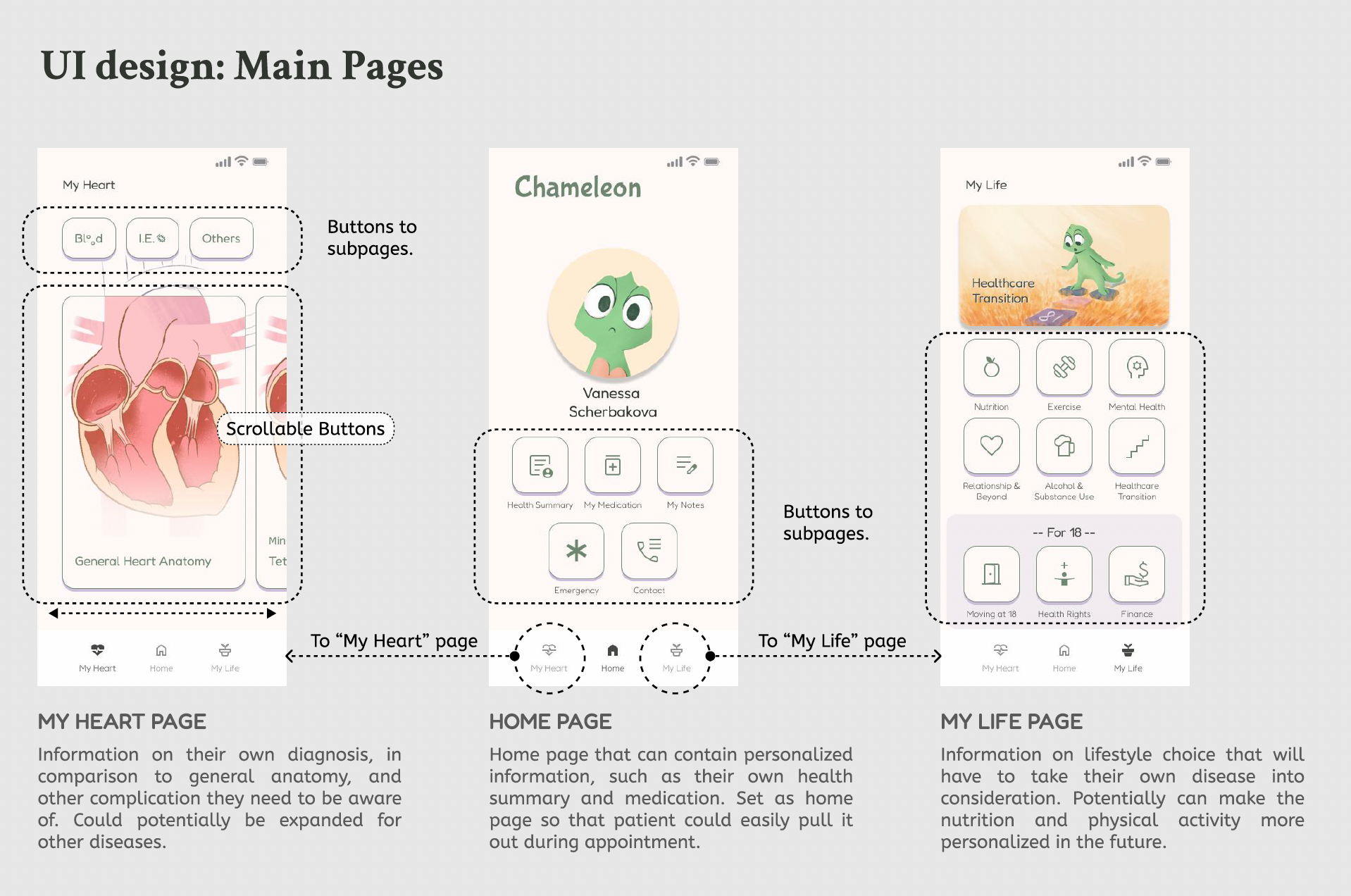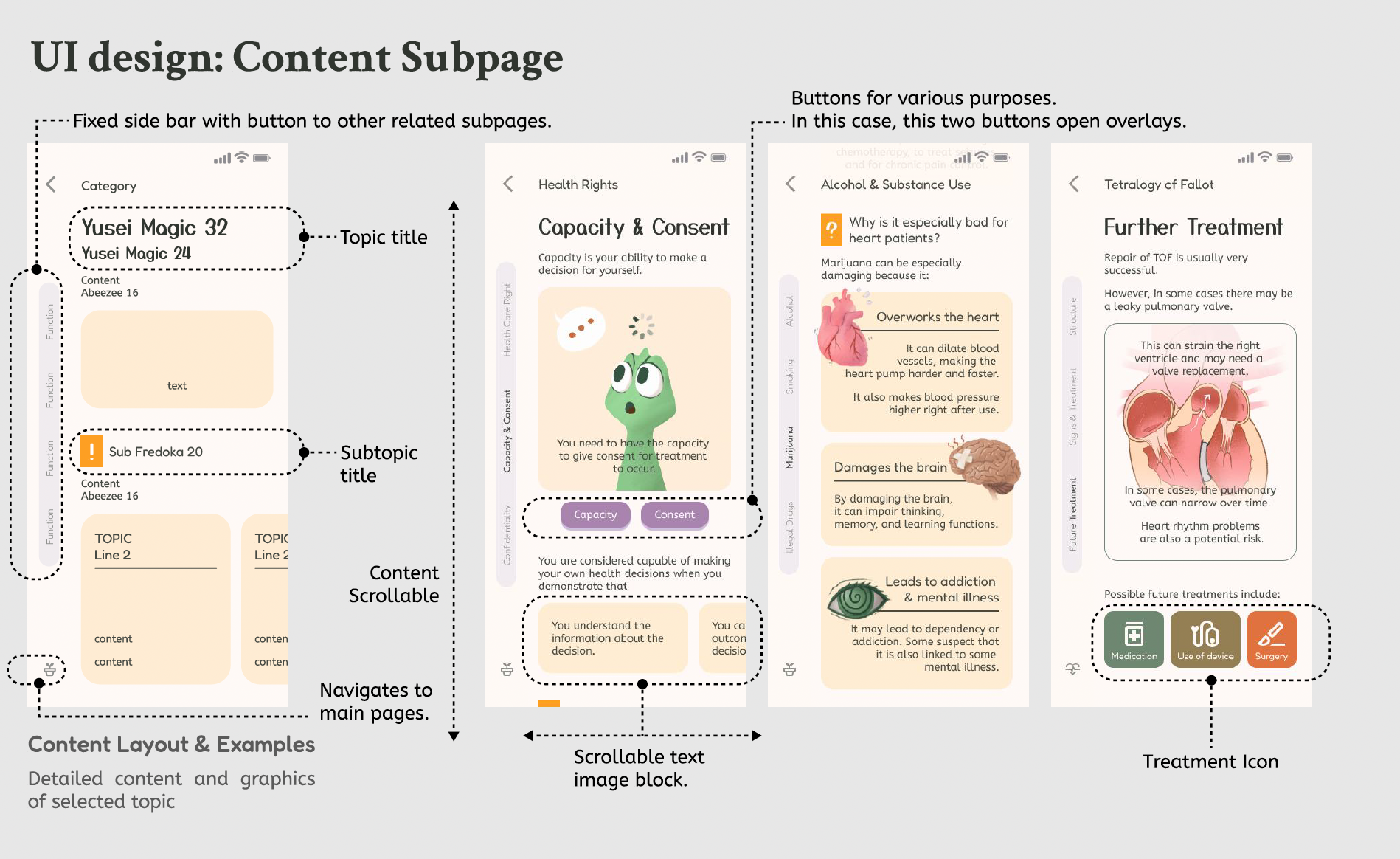Technology 4
Session: Technology 4
308 - Pathway to adulthood: Development of a digital health application to support adolescents with heart disease navigate the journey of care transition
Monday, April 28, 2025
7:00am - 9:15am HST
Publication Number: 308.5944
Sahr Wali, Ted Rogers Centre for Heart Research, Toronto, ON, Canada; Nai-Jung Chen, University of Toronto Temerty Faculty of Medicine, Toronto, ON, Canada; Joseph Cafazzo, Centre for DIgital Therapeutics, Toronto, ON, Canada; Aamir Jeewa, The Hospital for Sick Children, MARKHAM, ON, Canada
.jpg)
Sahr Wali, PhD, MSc
Scientific Associate/ Assistant Professor
Ted Rogers Centre for Heart Research/ University of Toronto
Toronto, Ontario, Canada
Presenting Author(s)
Background: Advancements in medical and surgical care have led over 85% of children born with heart disease to survive into adulthood. With improvements in life expectancy, care continuity has become a growing challenge, as many adolescent patients experience lapses of care during the transition to adult services. Among the younger, ‘tech-savvy generation, digitally enabled forms of care support have the potential to empower adolescent learning. While there are existing online resources available for health care transition, the majority of content is not tailored for the adolescent population, let alone heart disease patients. To maximize the impact and incentive for transition education, clinically informed support platforms must remain both interactive and personalized.
Objective: To collaboratively co-design a digital health application providing personalized transition education and lifestyle support for adolescents with heart disease.
Design/Methods: A literature review on adolescent health care transition was conducted to explore the determinants for successful care transfer. Collaborative stakeholder consultations were held to evaluate the current processes for care transition, as well as the opportunities for influential adolescent behavior change. Inductive thematic analysis and Eakin and Gladstone’s value-adding approach was used to analyze all study data. Adobe Illustrator, Photoshop, Procreate, Figma, and Toonboom Harmony were utilized to create the content and design requirements for the transition education prototype.
Results: Seven stakeholder consultations were conducted with heart function nurses (n=2), transition nurses (n=2), product designers (n=2) and a cardiologist (n=1). Five core themes were identified: 1) understanding your diagnosis; 2) social support & wellness; 3) health care rights; 4) financial literacy; and 5) sexual health & substance use. Given that the period of adolescence marks a time of significant developmental change, the application prototype used an evolving chameleon character to allow patients to grow throughout their care journey. Personalized health education in the form of infographics and 2D animations were created to provide an interactive road map for care transition.
Conclusion(s): The process of care transition can be intimidating for many adolescents, especially when they are unequipped with the self-management skills needed for lifelong heart disease management. Digitally enabled transition education can provide adolescents with a personalized support system catering to each step of their care journey.
User interface - character design
.png)
User interface - main features

User interface - lifestyle content


